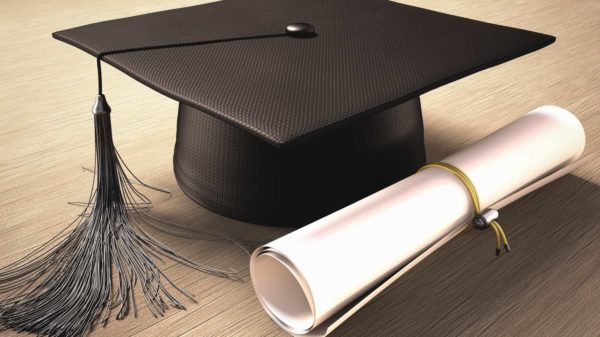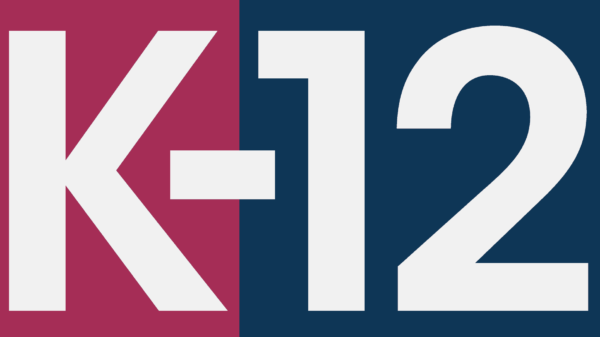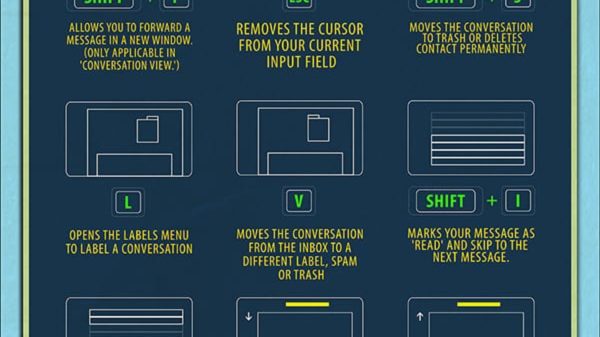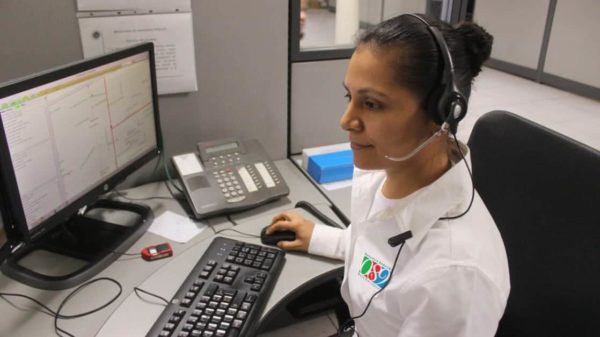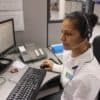A tsunami results when a body of water is disrupted in a substantial way, causing displacement of large volumes of water. It can originate in an ocean or in a large lake before moving toward land. A tsunami may naturally develop as a result of movements in the sea floor and disturbances from earthquakes, volcanic eruptions, underwater explosions, landslides and other impacting substances hitting water.
A tsunami approaching land may appear as a few series of gentle waves coming ashore, or a wall of turbulent water as high as 100 feet rushing inland. The time lapse between the series of waves may vary from a few minutes to over an hour apart. Due to the unclear pattern of the series of waves, to ensure safety everyone facing a tsunami should wait for the official word before returning to locations.
In some instances, the force of a tsunami results in the exposure of the ocean floor. Its force may also move large rocks, boats and debris inland, causing the destruction of infrastructures, and injury or death. In deep water, wave lengths may run over 100 miles and may reach speeds of over 500 miles per hour.
The Pacific Ocean is where a majority of some of the most destructive tsunamis develop. According to the National Geographic, about 80 percent of tsunamis occur in the Pacific Ocean’s “Ring of Fire.” The “Ring of Fire” is an active area where volcanic eruptions and earthquakes occur. The Pacific Ocean is also the largest body of water on Earth, covering one third of the planet’s surface. Large tsunamis may move from one side of the Pacific Ocean to the other side over the course of a single day.
Tsunamis are natural occurrences of nature and unpreventable, but preparation is possible with timely warning. Tsunamis may reach coastal areas in a matter of minutes from a nearby earthquake, or three to 22 hours for earthquakes that are more distant.
The National Oceanic and Atmospheric Administration (NOAA) is responsible for providing tsunami warnings to the United States. The areas at greatest risk of a tsunami with limited warning time include the west coast of the United States, Alaska, the Philippines and Japan.
The Pacific Tsunami Warning System (PTWS) is part of NOAA’s National Weather Service and assists with providing warnings of a tsunami. Headquartered in Hawaii, PTWS is a 26 nation coalition and maintains the tools to detect tsunamis at sea.
The most recent locations hit by tsunamis in 2010 include Bonin Islands in Japan, Mentawai and Sumatra in Indonesia and Chile, according to NOAA.
For more information on tsunamis, please refer to the links listed below:
- Center for Disease Control and Prevention: This site offers information on the health effects of a tsunami and the cleanup process. Food, water, sanitation and hygiene become an issue following a tsunami.
- Federal Emergency Management Agency (FEMA): Offering information on tsunamis, including terms and what one should do before, during and after a tsunami. The site also touches on the flooding effect of tsunamis.
- National Oceanic and Atmospheric Administration (NOAA): This is the administration responsible for providing warnings on tsunamis in the United States. Its site features information on recent tsunami events, the basics on tsunamis and the role of NOAA. The site also offers teacher resources and information for kids.
- The Pacific Tsunami Museum: Offering the public information on tsunamis, you can also dowload a guide on how businesses can prepare for a stormy disaster.
- The Wall Street Journal: This article captures the events leading up to the arrival of a tsunami in Hawaii and an action plan for preparedness.
- Tsunami Society International: This is a professional society offering research information and knowledge on tsunamis. The society also offers symposiums and releases a peer-reviewed electronic journal called Science of Tsunami Hazards (STH).



